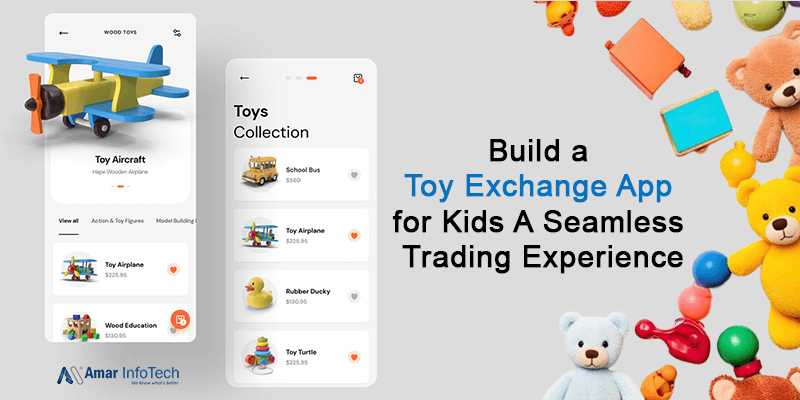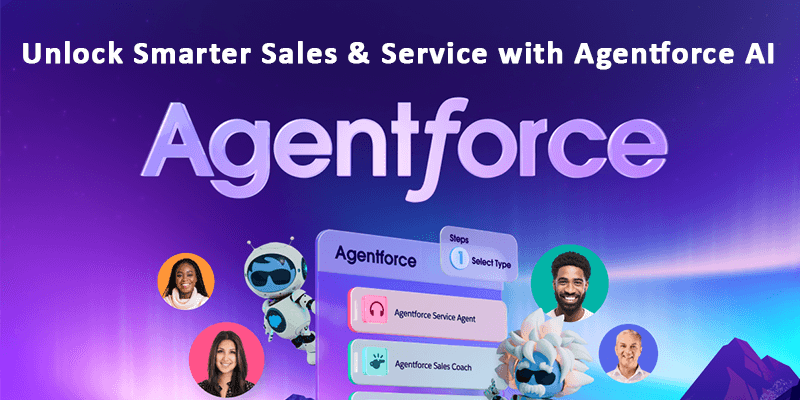Ready for Digital Transformation? Your Vision, Our Expertise - Let’s Build Innovative Software Together!
Build a Toy Exchange App for Kids: A Seamless Trading Experience
 Blog Build Apps Like
Blog Build Apps Like
Why a Toy Exchange App?
In today’s world of ever-evolving technology, parents in the USA are constantly looking for ways to provide their children with fun, educational, and cost-effective playtime options. One of the best ways to do this is by creating a Toy Exchange App for Kids. A Toy Exchange App allows children to trade toys with other kids locally or nationwide, ensuring a steady stream of fresh playtime options without breaking the bank. But how do you go about building such an app? Let’s explore the steps to creating a seamless trading experience that will be a game-changer for parents and children alike.
Key Benefits of a Toy Exchange App:
- Sustainability: Encourages eco-friendly practices by reusing and recycling toys.
- Cost Savings: Parents can exchange toys instead of buying new ones, reducing overall spending.
- Convenience: Quick and easy access to a variety of toys from the comfort of home.
- Community Building: Enables kids and parents to connect with others in their local area or across the country.
Key Features of a Toy Exchange App
To create a truly seamless experience, there are several key features that your Toy Exchange App must include:
1. User-Friendly Interface
A clean and intuitive design is crucial to ensuring that both kids and parents can easily navigate the app. Features should be clearly organized with easy-to-understand categories, such as toys by age group, type (action figures, dolls, educational, etc.), or condition.
2. Account Creation & Profile Setup
Parents will need to create secure accounts to access the app. This account should allow them to set up profiles for each child, detailing preferences, age group, and toys they have available for trade.
3. Toy Listings
A crucial feature of the app is the ability to list toys available for exchange. Parents can upload photos, descriptions, and the condition of the toys they wish to trade. The app should also allow users to filter toys based on categories, brand, or price range.
4. Search & Filter Options
To make the app truly user-friendly, include advanced search filters. Parents should be able to search for toys based on type, age appropriateness, condition, and location (if they prefer to trade locally in the USA).
5. Secure Messaging System
Communication between parents is essential for discussing toy trades. A secure in-app messaging system will allow users to ask questions, negotiate, and finalize exchanges without sharing personal contact information.
6. Shipping & Delivery Integration
For the nationwide exchange of toys, you’ll need to integrate shipping and delivery options. Ensure that users can easily arrange for safe and reliable shipping, either by offering direct shipping options or integrating with services like USPS or UPS for easy toy delivery.
7. Review and Rating System
To ensure trust and reliability, include a review and rating system. After a trade is completed, both parties can rate each other, which helps build a sense of community and keeps the platform safe and secure.
8. Safety and Privacy Controls
Safety is a top priority for any app that involves children. Implement features like parental control options, toy vetting, and fraud prevention measures to ensure that every trade is safe, secure, and appropriate.
Marketing Your Toy Exchange App in the USA
To successfully launch and promote your Toy Exchange App in the USA, consider these marketing strategies:
1. Target Local Communities
In the USA, local communities and parent groups are a great way to promote a toy exchange platform. Utilize platforms like Facebook groups, local parenting forums, and community centers to spread the word about your app.
2. Offer Incentives
To encourage users to try the app, offer initial incentives such as free listings, discounts on shipping, or bonus toys upon signing up. Word-of-mouth marketing from satisfied parents will help grow your user base.
3. Social Media Campaigns
Utilize social media platforms like Instagram, Facebook, and TikTok to showcase user stories, toy success stories, and unique trades. Share how the app benefits both children and parents in a fun, engaging manner.
4. Collaborations with Popular Toy Brands
Partner with well-known toy brands in the USA to increase visibility. Offering branded toys for exchange on the platform will draw more attention and credibility to your app.
5. Safety & Trust Messaging
Since parents are entrusting the app with their children’s toys, ensure that your marketing focuses on the safety measures and trustworthiness of the platform. Transparency about your privacy and security policies will help build confidence among users.
Conclusion
A Toy Exchange App for Kids can offer a convenient, sustainable, and cost-effective solution for parents looking to keep their children entertained without constantly purchasing new toys. By ensuring the app provides a user-friendly experience, security, and an engaging community, you can make it a must-have tool for families across the USA. With the right marketing and community engagement, your app can provide a seamless and rewarding trading experience, making it a success in the ever-growing app marketplace.





